Did you know the IT outsourcing industry is expected to make over US$460 billion by 2023? A large number of businesses have chosen to outsource for valid reasons.
After the global pandemic outsourcing work, industries are taking a considerable curve to work from different locations and combine different sharp skills. Also, businesses can benefit hugely from this. In fact, 45% of companies plan to outsource more.
But if you are thinking about outsourcing, you must know the different ways to work on it. Other options are divided by place and distance between working teams.
You can understand what is best for you and what the limits of each one are by reading this blog. It helps you find a suitable outsourcing model for your business.
As experts in software development outsourcing, we can guide you through the process and find the best fit for your business needs and budget.
We’ll break down the different outsourcing models, explain their benefits, and help you understand how they can work for your business.
Whether new to outsourcing or looking to improve your current strategy, we’ve covered you with clear, straightforward advice.
Nowadays, three types of software development outsourcing models are used in industries:
- 1. Location-based software development outsourcing models
- 2. Relationship-Based Software Development Outsourcing Models
- 3. Contract-Based Software Development Outsourcing Models
Let’s understand the model one by one.
- Projected growth rates for the next few years can indicate the increasing demand for outsourcing services.
- According to a Grand View Research report (2023), the global IT Services Outsourcing Market was valued at USD 639.59 billion in 2022 and is expected to reach USD 1,149.24 billion by 2032, with a CAGR (Compound Annual Growth Rate) of 8.2%.
- A report by Precedence Research (2023) might discuss staff augmentation as a significant part of IT strategies, with a projected market size of USD 147.2 billion by 2028.
- A survey by an outsourcing company might reveal that 60% of clients prefer dedicated teams for complex projects, while 40% opt for staff augmentation for short-term needs.
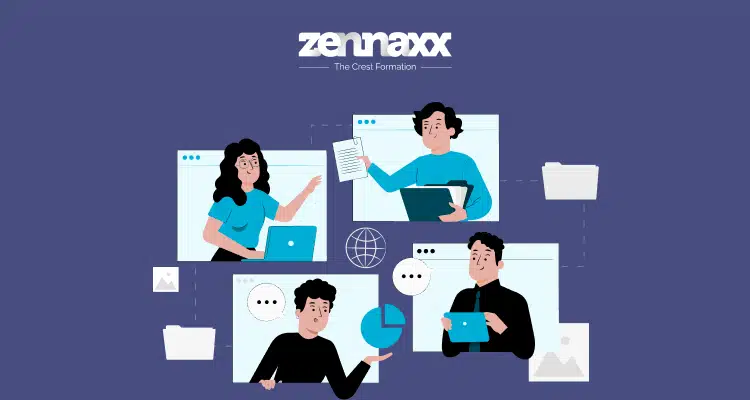
Location-based software development outsourcing models
Software development outsourcing models work based on the geographical distance between the client and server. Industries choose this outsourcing model because of the cost difference and the developer’s expertise in development.
Outsourcing sometimes gives the best results and finds the best team with good expertise to manage the project rather than locally.
1. Onsite Outsourcing
Onsite outsourcing brings an outsourced team to your office. They work like in-house staff but are employed by a third-party company.
It saves on-boarding costs and allows quick adaptation to your systems. However, it may need to be more cost-effective in high-labor-cost regions. Suitable for projects needing close collaboration and fast turnaround.
Advantage
- Provide direct and immediate communication between development teams.
- Being physically present encourages strong collaboration and problem-solving.
- You can directly supervise the project and keep it on track.
When it is based
It is based in different locations worldwide but works in any physical location.
2. Onshore Outsourcing
Onshore outsourcing means partnering with a team in your own country. It’s convenient with no language or time zone barriers. However, it may cost more due to limited talent options.
This is the right option for companies looking for more flexible outsourcing. Onshore outsourcing is frequently preferred by businesses seeking to maintain greater control over their projects while benefiting from external expertise and cost savings.
Advantage
- Help to find skilled developers at a lower cost and reduce operational costs.
- You can tap into diverse skills worldwide, fostering innovation and problem-solving.
- Delegating non-core office tasks can boost productivity and competitiveness.
When it is based
It is based in your own country but in a different city.
Planning software development?
Ready to elevate your software projects? Partner with us for seamless software solutions.
3. Offshore Outsourcing
Offshore development is a business strategy where a company contracts tasks or services to a third-party provider in a different country. This option is best for companies looking for lower labor costs.
Businesses can use offshore development methods to leverage specialized skills and reduce operational costs while maintaining high-quality standards. Offshore development commonly involves services like software development, customer support, and manufacturing.
Outsourcing may present challenges related to communication, time zone differences, and cultural nuances.
Advantage
- Lower labor costs without compromising quality.
- Access specialized skills from all over the world to produce high-quality results.
- Extend market reach while addressing communication challenges.
When it is based
It could be in another country or halfway across the world.
4. Nearshore Outsourcing
Nearshore outsourcing is a model in which a client hires a development team in a nearby country. The time zone difference between this country and your home country is less than three hours.
Nearshore outsourcing saves developers money and provides a diverse talent pool while minimizing time zone differences.
Choosing a country with a common language can help reduce language and communal barriers by combining the benefits of onshoring and offshoring.
Advantage
- Save money by tapping into nearby talent pools.
- Reduce language barriers for more productive collaboration.
- Minimize time zone differences for better coordination.
When it is based
This is based on the nearest country or location where you can meet them in less than 3 hours of traveling.
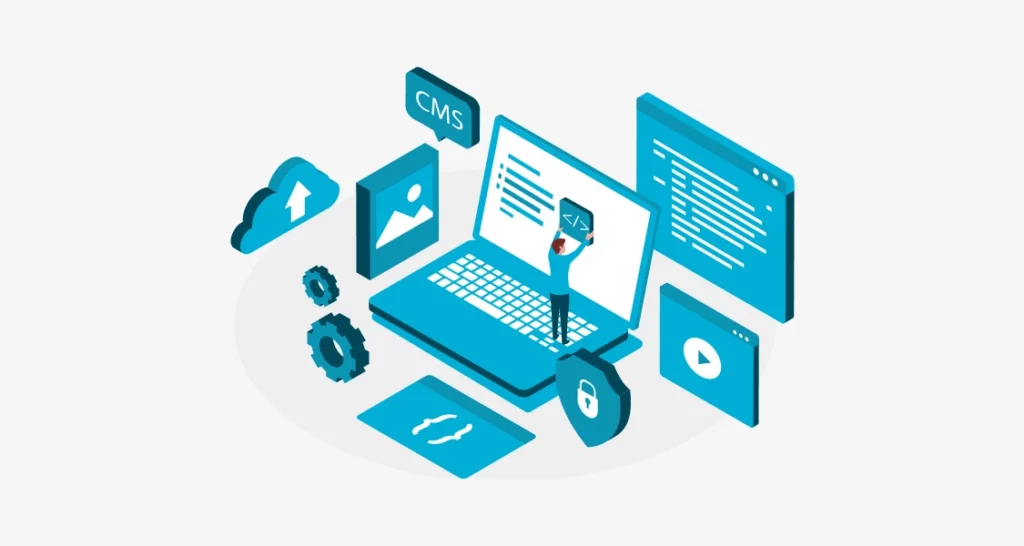
5. Multisource Outsourcing
Multisource outsourcing provides the most excellent flexibility by allowing you to combine different outsourcing models for various phases of your project.
For example, you could hire a financial consultant locally (onshoring), a UX design team from a nearby country (nearshoring), and a development team from a faraway country.
This approach allows you to leverage specialized expertise where it is needed while also saving money. Outsourcing to multiple vendors will enable you to reduce project cost and put together the best teams for each task.
Advantage
- Combine outsourcing models to create unique solutions.
- Reduce costs by assembling the best teams.
- Spread the risk by diversifying outsourcing partners.
When it is based
In this condition, teams work with remote development teams based in different locations.
Relationship-Based Software Development Outsourcing Models
Relationship-based outsourcing models cater to your project’s changing requirements. Choosing how to outsource your work requires more than where to outsource it. It also includes selecting the appropriate outsourcing model.
These models are staff augmentation, dedicated development teams, and project-based. These models provide control and engagement options tailored to your project’s scope and size.
Each of these options represents a unique type of outsourcing relationship. Here are some relationship-based models for outsourcing software development. Let’s review each in detail.
1. Staff augmentation model
The staff augmentation model, or extended team or outstaffing, means hiring a third-party provider to supplement your existing team.
You can employ onsite or remotely, as you want. In short, you are hiring employees for your business with the help of other third-party services. You do not have to worry about typical employee costs such as onboarding, training, or benefits.
You can hire skilled and working staff with better experience to help with your company projects.
Staff augmentation is when you ask an agency to provide a freelance UX designer because you don’t have one on staff. It is a low-cost way to fill skill gaps in your in-house team or help you complete an app on time.
It is ideal for short-term collaboration or when you suddenly find yourself with a limited time-frame.
Sometimes, the most severe challenge is integrating the extended team with your in-house team, especially if they arrive mid-project.
Aside from that, staff augmentation allows you to recruit developers when and where you need them. And if the project is finished, you can quickly terminate the contract.

2. Dedicated team model
This is when a company puts together a group of people specifically for your project. They work on it from the beginning to the end, just like a team you would have if they were your employees.
Zennaxx is a company that follows this dedicated team model. They assemble a team of experts to work on your project.
When you hire Zennaxx, they gather a team from their pool of over 70 skilled professionals. These people have different specialties in handling any problems during the project.
The dedicated team can adjust to any changes in the project. They’re versatile and can handle different tasks. You can tackle projects requiring more experience With a dedicated team.
For example, if you’re making a health app but need to learn more about health, you can have experts on your team who do.
Managing and communicating with a team in a different office can be tricky. You have to make sure everyone understands what needs to be done.
Sometimes, people from various backgrounds need help understanding each other perfectly, leading to misunderstandings.
You can hire a team that speaks your language to avoid these challenges. This helps with communication and understanding each other better.
In simple terms, a dedicated team model means hiring a group of experts to work exclusively on your project.
It provides flexibility, but communication must be managed effectively, especially if team members come from different cultures. Hiring a team who speaks your language can help solve this problem.
3. Project-based model
A project-based model transfers the entire project to an external agency or company. This means they take on all project-related responsibilities, from initial planning to final release or delivery.
This model is similar to the dedicated team model we discussed earlier. There is one notable difference. The service provider is responsible for project management and completing project tasks.
Once you’ve defined your requirements and objectives, you hand over the reins to the agency. They are responsible for carrying out the necessary tasks, such as designing and programming the app and overseeing the project management.
So, what does this imply in practice? Consider the following scenario: you have a project to develop a new app. Instead of managing the project internally within your organization, you outsource it to a professional agency.
This includes developing timelines, assigning tasks to team members, meeting deadlines, and coordinating communication among all parties involved.
They serve as the hub for all project-related activities, ensuring everything runs smoothly from beginning to end.
Want to Automate Your Business Process With a Software Solution?
Zennaxx, a leading software development firm in Canada, has delivered 700+ bespoke solutions spanning various industries.
Contract-Based Software Development Outsourcing Models
When you’re looking to outsource software development, you have different options for setting up your contract with the outsourcing company.
When deciding which outsourcing model to use, you must consider the specifics of your project and what works best for you.
Depending on the complexity and requirements of your project, combining multiple outsourcing models may be the most effective approach.
But this option makes you tension-free for your management and developing processes and errors.
With the signing of the contract, you have to wait to complete your project at the right time and within budget. Here are two options available in this outsourcing method.

Fixed-price model
In a fixed-price model, the client and service provider agree on a set amount of money at the start of the project.
This figure is based on how much time and resources they believe will be required to complete the job project. It’s a simple way to handle payments that helps clients avoid paying more than expected.
Fixed-price models are unable to handle project changes effectively. And almost every project changes in some way.
For example, suppose people are testing an app and discovering a disliked feature. It will require additional changes; we need more time and money to fix them. But if the price is fixed, the client either has to stick with the problem or pay more to get it fixed.
So, you can be involved in a difficult situation if you choose this option for your project. Fixed-price models are better suited for more straightforward projects with well-defined requirements.
Time and materials model
In a time-and-materials model, the service provider charges the client for the time spent on the project. As a result, the time and materials model benefits both parties.
Developers are fairly compensated for their work, and the client receives a high-quality product in proportion to the money spent.
It also reduces stress and friction, allowing everyone to focus on the outcome. The time and materials model is the best approach for most app projects.
It would help to have a flexible payment plan because changing requirements and scope are standard.
Of course, when using the time and materials approach, you must remember that you may exceed your budget. An inexperienced development team will also spend more time on the project, resulting in unnecessary costs.
Our opinion on the best outsourcing model
The best outsourcing model for your project depends on your situation, budget, and what you need for your project. However, a committed team employing the time and materials model is the best approach for most app projects.
This means you get a high-quality app and a smooth development process without worrying too much about costs.
So, if you want these benefits for your project.
Contact us right now to get started on your business project!
We provide every single solution for your project.
FAQs about software development outsourcing models
- HOW DO YOU DEVELOP YOUR OUTSOURCING STRATEGY?
- To create a successful outsourcing strategy, define business goals, identify suitable tasks, research various destinations, maintain clear communication, and monitor performance closely. Adjust the plan as needed to make it a success.
- WHAT CRUCIAL PARAMETERS ARE USED TO CREATE THE LIST OF BEST SOFTWARE OUTSOURCING COMPANIES?
- To select the best software outsourcing companies, consider their reputation, technical expertise, communication skills, cost-effectiveness, value proposition, cultural compatibility, and ability to work within budget and timezone.
- WHAT ARE THE SUCCESSFUL OUTSOURCING MODELS?
- Outsourcing models vary based on project requirements and organizational needs. Depending on project scope and organizational needs, project-based, dedicated teams, managed services, and hybrid models offer flexibility, continuity, expertise, and efficiency.
- WHAT ARE THE DIFFERENT SOFTWARE DEVELOPMENT SERVICES THAT CAN BE OUTSOURCED?
- Outsourcing models vary based on project requirements and organizational needs. Depending on project scope and organizational needs, project-based, dedicated teams, managed services, and hybrid models offer flexibility, continuity, expertise, and efficiency. You can contact Zennaxx Software Development Services for more queries.
